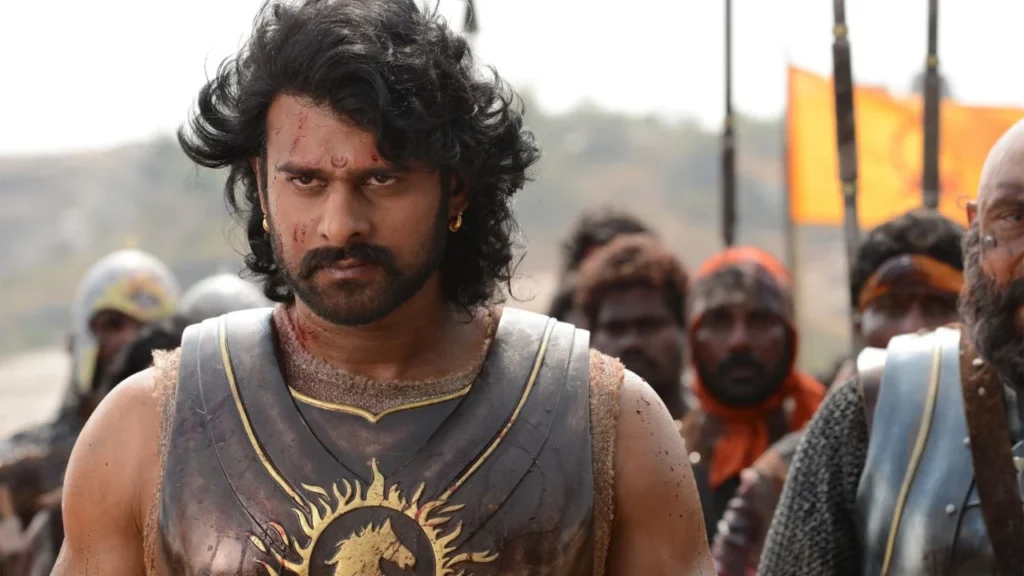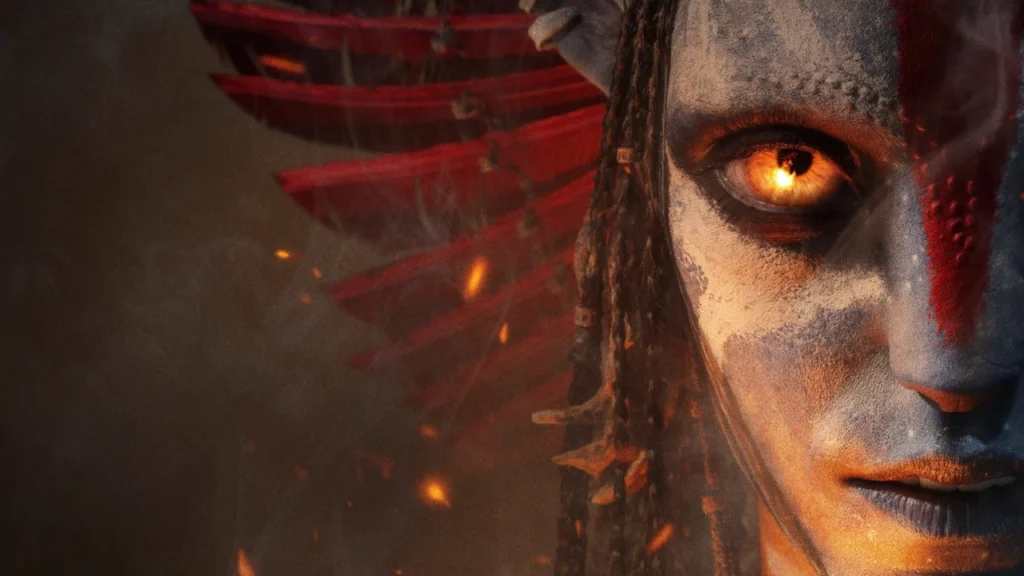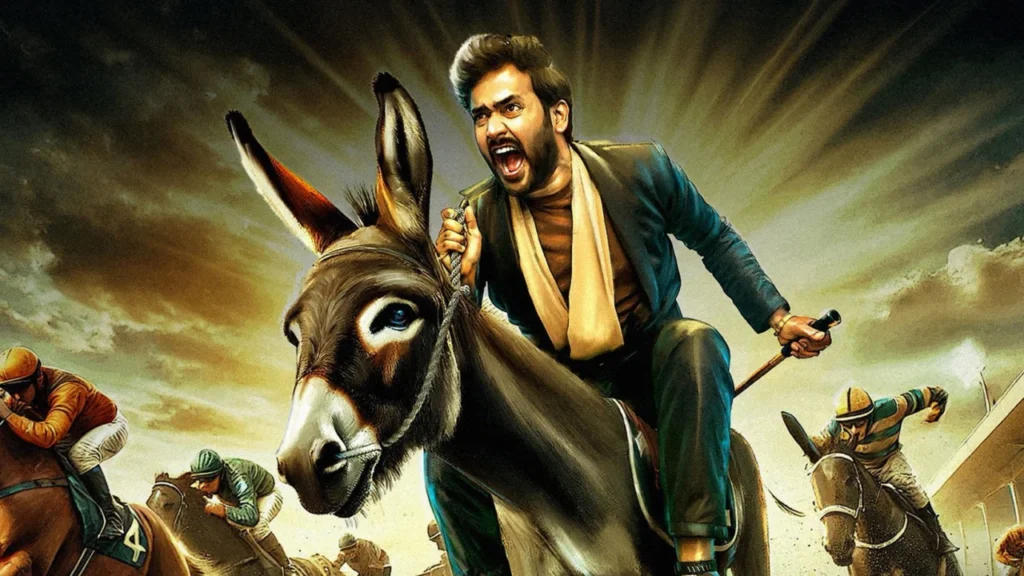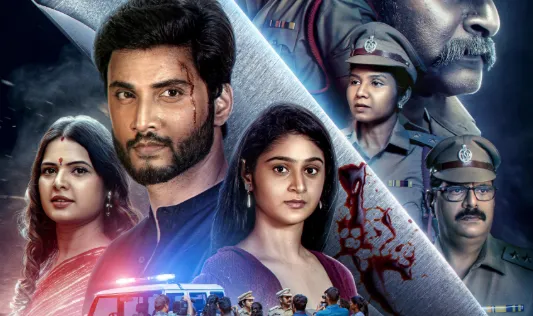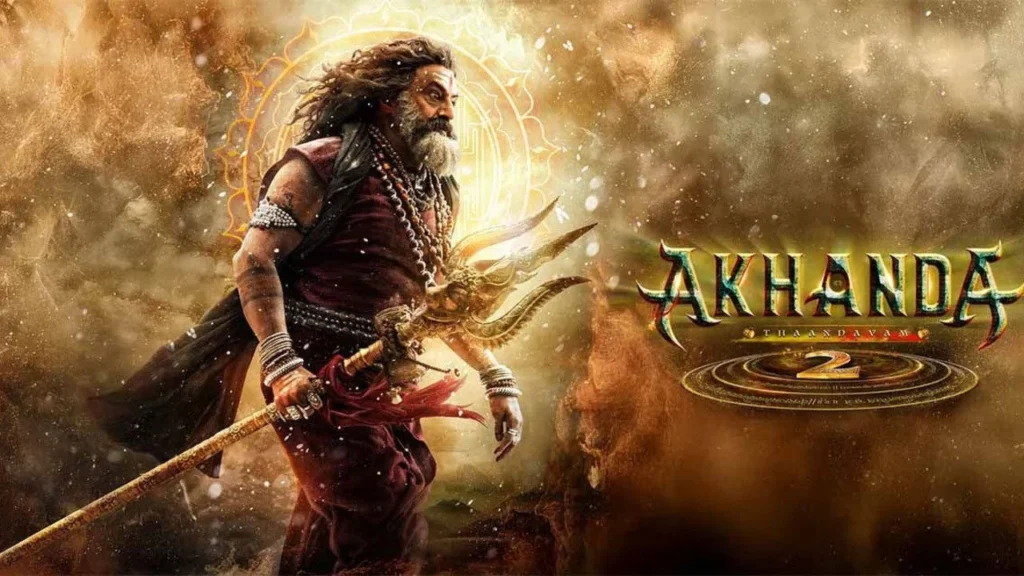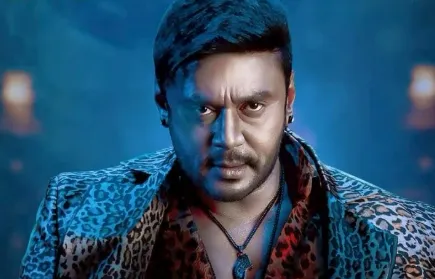
Bāhubali: The Epic (2025) REVIEW ft. Rana, Prabhas, and Anushka
When Baahubali: The Beginning released in 2015, it transformed how we think about Indian cinema. Director S.S. Rajamouli brought together Prabhas, Rana Daggubati, Anushka Shetty, Tamannaah Bhatia, Ramya Krishnan, and Sathyaraj for this groundbreaking film. Made in Telugu and Tamil, it became the country’s costliest film at that time, pushing boundaries in ways we hadn’t seen before.
This action-drama-fantasy combined ancient storytelling with cutting-edge filmmaking. The cast and crew invested years creating something that would change the industry. New standards emerged for effects work, set design, and action sequences.

The Story Unfolds
Sivudu grows up in a village surrounded by waterfalls and mountains. His adoptive mother warns him about dangers beyond their home, but curiosity wins. One day, he sees a vision that changes everything. This leads him to Avantika, a warrior fighting to free Devasena from captivity.
Helping Avantika puts Sivudu on a path toward discovering who he really is. The film shifts between two timelines, revealing secrets about Mahishmati kingdom and a legendary warrior. I watched as the puzzle pieces fell into place, building toward that shocking final moment everyone remembers.

Actors Bring Their Best
Prabhas transformed himself completely for this dual role. Five years of his life went into becoming Baahubali. The sword training, physical changes, and dedication show in every frame. When he lifts that Shivalinga or leads an army, you believe it. This performance defines his career.
Rana Daggubati creates a villain you genuinely fear. Bhallaladeva isn’t just evil – he’s intelligent and dangerous. The way these two actors play off each other builds real tension. Their rivalry forms the heart of the story.
Ramya Krishnan steals scenes whenever she appears. Queen Mother Sivagami commands respect with just her presence. Sathyaraj makes Kattappa more than a supporting character. His loyalty and pain come through clearly, especially when the past unfolds.
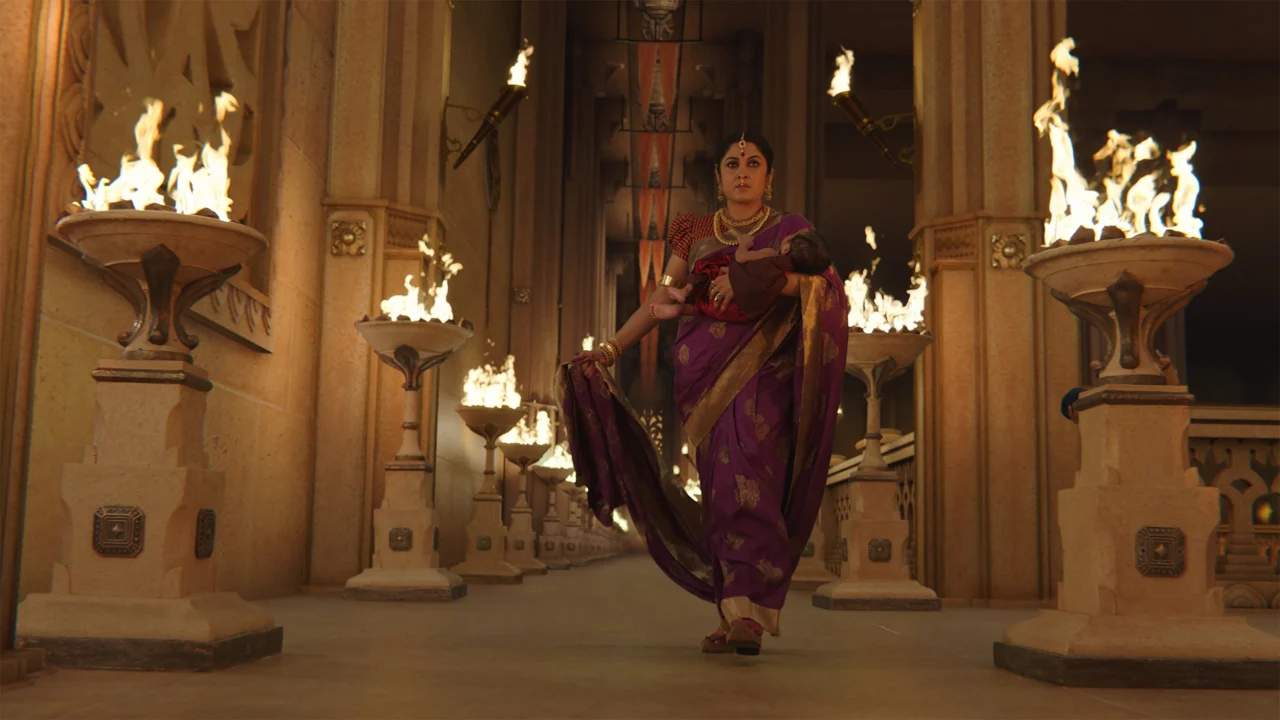
Visual Magic on Screen
The film’s greatest achievement lies in what you see on screen. Sabu Cyril designed sets that transport you to another world. Mahishmati feels like a real kingdom with history and culture. Those waterfall scenes shot in Kerala stay with you long after the film ends.
M.M. Keeravani composed music that enhances every moment. Battle sequences get your heart racing with his background score. I felt the music working on me emotionally, pulling me deeper into the story. K.K. Senthil Kumar captured everything beautifully, from intimate moments to massive battle formations.
Rajamouli managed thousands of people, massive sets, and complex effects while keeping the story clear. His attention to small details makes the world believable. Watch how characters fight – they use tactics and strategy, not just brute force. That freshness lifts the action above typical fare.
Room for Growth
The opening half needs tighter pacing. Romantic scenes between Sivudu and Avantika drag on too long. That song sequence where he “discovers” her feminine side feels dated and uncomfortable. I wish they’d written that relationship with more respect and less screen time.
Supporting cast members sometimes push their performances too far. The melodrama works for some viewers but not everyone. Comedy moments often miss their mark, breaking the serious tone the film builds carefully.
Effects work shows its limits in certain scenes. Animals don’t look fully real. Wide shots reveal the difference between this production and Hollywood budgets. Slow-motion gets used too much when saving it for key moments would create more impact. At nearly three hours, the film tests patience with songs that don’t advance the plot.
Critical Response
Top critics recognized what Rajamouli accomplished. Several major publications gave four-star ratings, praising the ambition and execution. Writers noted how the film delivers genuine thrills despite familiar story patterns. Regional critics called it the best technical achievement in Indian cinema history.
Even critics known for harsh standards gave high marks. They acknowledged flaws in pacing and storytelling while celebrating the vision and scale. The consensus praised how the film balanced spectacle with emotional moments.
Audience Connection
People responded by making this a cultural event. Social media buzzed with theories and discussions. That ending question dominated conversations for two whole years. Many viewers discovered South Indian cinema for the first time through this film.
Fans appreciated how multiple elements worked together – music, action, drama, and romance all in one package. International viewers found it comparable to big Hollywood productions while maintaining its Indian character. The film proved regional cinema could match or exceed national standards.
Some viewers wanted stronger emotional connections between characters. A few found the second half less engaging. But most agreed they’d witnessed something special, even with imperfections.
What I Think
Baahubali: The Beginning achieves something remarkable despite its weaknesses. Yes, pacing could be tighter. Yes, some effects show budget constraints. But Rajamouli and his team created something that mattered for Indian cinema globally.
The world-building impressed me most. Everything feels thought through – how people dress, how they fight, how the kingdom functions. Prabhas gave five years to this role, and that sacrifice resulted in a performance that carries the entire film.
This works best experienced in theaters where scale matters. Accept the theatrical style and you’ll find genuine rewards. The film bridges traditional Indian storytelling with modern filmmaking successfully. That balance makes it important beyond just entertainment.
Rating: 4/5

